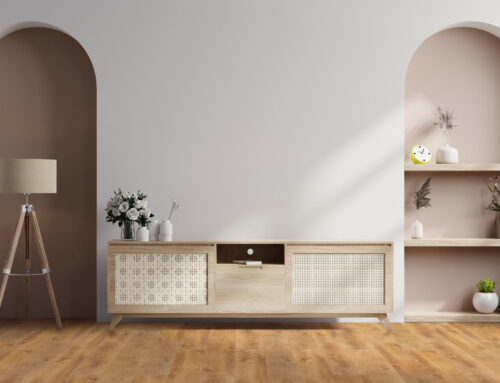When it comes to having an unfinished hardwood floor installed in your home, many options are available to you. In fact, the selection process for unfinished solid hardwood flooring doesn’t really begin until you’ve chosen a professional installer to work with. Once you’ve found a flooring expert who can help bring your vision to life, you can start exploring the vast array of possibilities that await.
From the type of wood to the grade and cut, the choices can seem overwhelming at first. However, no matter what you decide, one thing is certain: your new floor will look phenomenal. And the best part? If you end up disliking the final result for any reason, it’s possible to change it later. That’s because solid unfinished wood flooring can be sanded down and refinished up to four to six times, making it a highly versatile and long-lasting option.
When it comes to the specific options available to you, the list is truly endless. Some popular choices include red oak, white oak, hickory, maple, and cherry, each of which offers a unique look and feel. You can also select the grade of the wood, which ranges from clear (no knots or blemishes) to rustic (lots of character and imperfections). And if you’re looking to create a specific pattern or design, there are many different cuts available, such as plain-sawn, rift-sawn, and quarter sawn.
Ultimately, the decision of what type of unfinished solid hardwood flooring to choose will depend on your personal taste, budget, and lifestyle needs. But with the help of a skilled flooring professional and the knowledge that you can always change things up down the line, you can feel confident in selecting the option that’s best for you and your home.
Hardwood Flooring Options
Below are the list of hardwood options you can choose from. This list should be pretty complete and exhaustive.
Wood Thickness:
The thickness of solid unfinished hardwood flooring is important when choosing the right product for your space. Thicker boards are generally more durable and can withstand heavy foot traffic and wear and tear. Additionally, thicker boards can be sanded and refinished more times than thinner ones, making them a better long-term investment.
Wood Width:
The width of solid unfinished hardwood flooring can significantly impact the overall look and feel of a room. Narrower planks can create a traditional or classic look, while wider planks can give a more contemporary or rustic appearance. Wider planks can also make a room appear larger, as the floor surface has fewer seams and breaks.
Texture:
The texture of solid unfinished hardwood flooring refers to the surface finish or treatment applied to the wood. Smooth textures provide a sleek and modern look, while wire-brushed or hand-scraped textures create a more rustic, distressed appearance. Choosing the right texture for your space depends on your personal style and the overall aesthetic you’re trying to achieve.
Stain Color:
The stain color is an important consideration when selecting solid unfinished hardwood flooring. Different species of wood take stains differently, and it’s important to test a few options to find the right color for your space. Lighter stains can create an airy and open feel, while darker stains can add warmth and richness to a room.
Finish Type:
The finish type of solid unfinished hardwood flooring refers to the protective coating applied to the wood surface. Oil-based finishes are a popular option as they enhance the natural grain and beauty of the wood. Water-based finishes are another choice, as they are eco-friendly and low-VOC. The major difference between oil-based and water-based finish is the color. Oil adds a yellow tone/hue; waterbased is clear throughout its life cycle. Each finish type has its advantages and disadvantages, and it’s important to weigh the options before deciding.
Finish Sheen:
The sheen of solid unfinished hardwood flooring refers to the level of shine or gloss on the surface of the wood. A matte or satin finish has a more natural and understated look, while a high-gloss finish provides a more formal and dramatic appearance. The right sheen level depends on the overall style and use of the space, as well as personal preference.
Author Profile
- I have worked in hardwood flooring for the last 8 years. Use to run a company of residential crews as well as a company with gym flooring. If you need floor installation or refinishing help, I should have an answer or at least get you in the right direction.
Latest entries
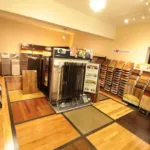 FlooringDecember 24, 2025Right Advice For Picking The Ideal Hardwood Flooring Options
FlooringDecember 24, 2025Right Advice For Picking The Ideal Hardwood Flooring Options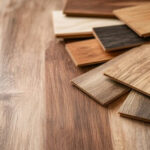 FlooringDecember 22, 2025What is Your Favorite Type of Hardwood Flooring and Why?
FlooringDecember 22, 2025What is Your Favorite Type of Hardwood Flooring and Why?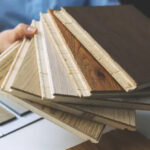 FlooringDecember 15, 2025What is the Most Durable Engineered Hardwood Flooring?
FlooringDecember 15, 2025What is the Most Durable Engineered Hardwood Flooring?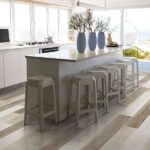 FlooringDecember 12, 2025How Do You Maintain Vinyl Flooring in Spokane Homes?
FlooringDecember 12, 2025How Do You Maintain Vinyl Flooring in Spokane Homes?


